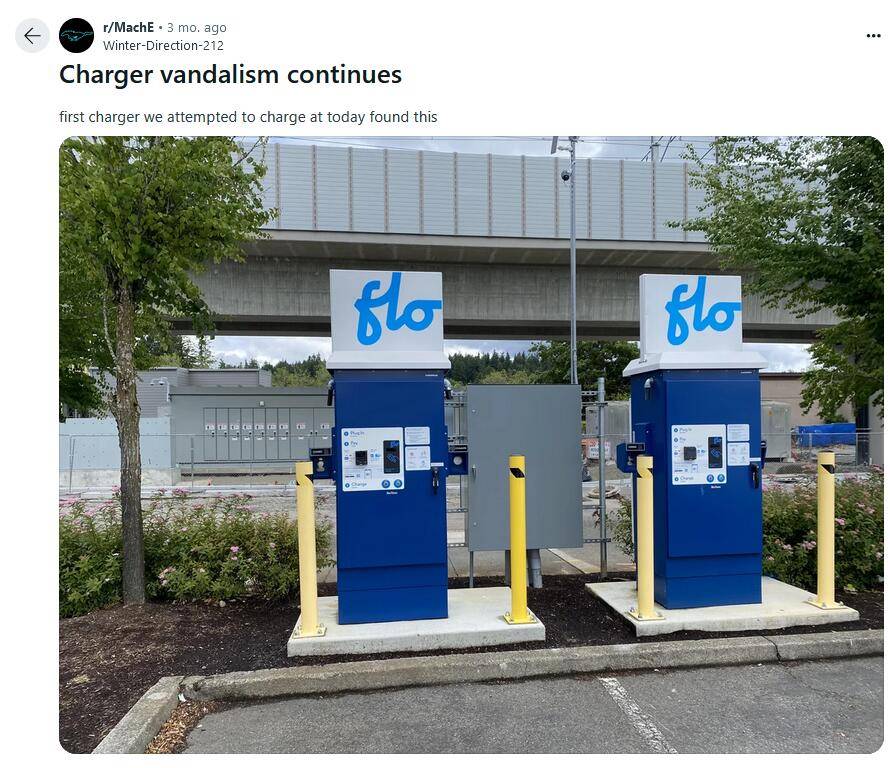COrocket
Well-known member
I can definitely see Teslas concern here - on my Model 3 charging at a 150kw station the handle gets extremely hot after more than 10 minutes of charging. I can see why it was mandatory for the 250kw stalls to have liquid cooled cables which actually seem to stay a bit cooler.
I couldn’t imagine how hot an uncooled extension cord would get at a 250kw station hooked up to a 250kw vehicle. Unless the extension has some way of regulating power or is the thickness of a fire hose
I couldn’t imagine how hot an uncooled extension cord would get at a 250kw station hooked up to a 250kw vehicle. Unless the extension has some way of regulating power or is the thickness of a fire hose
Sponsored


